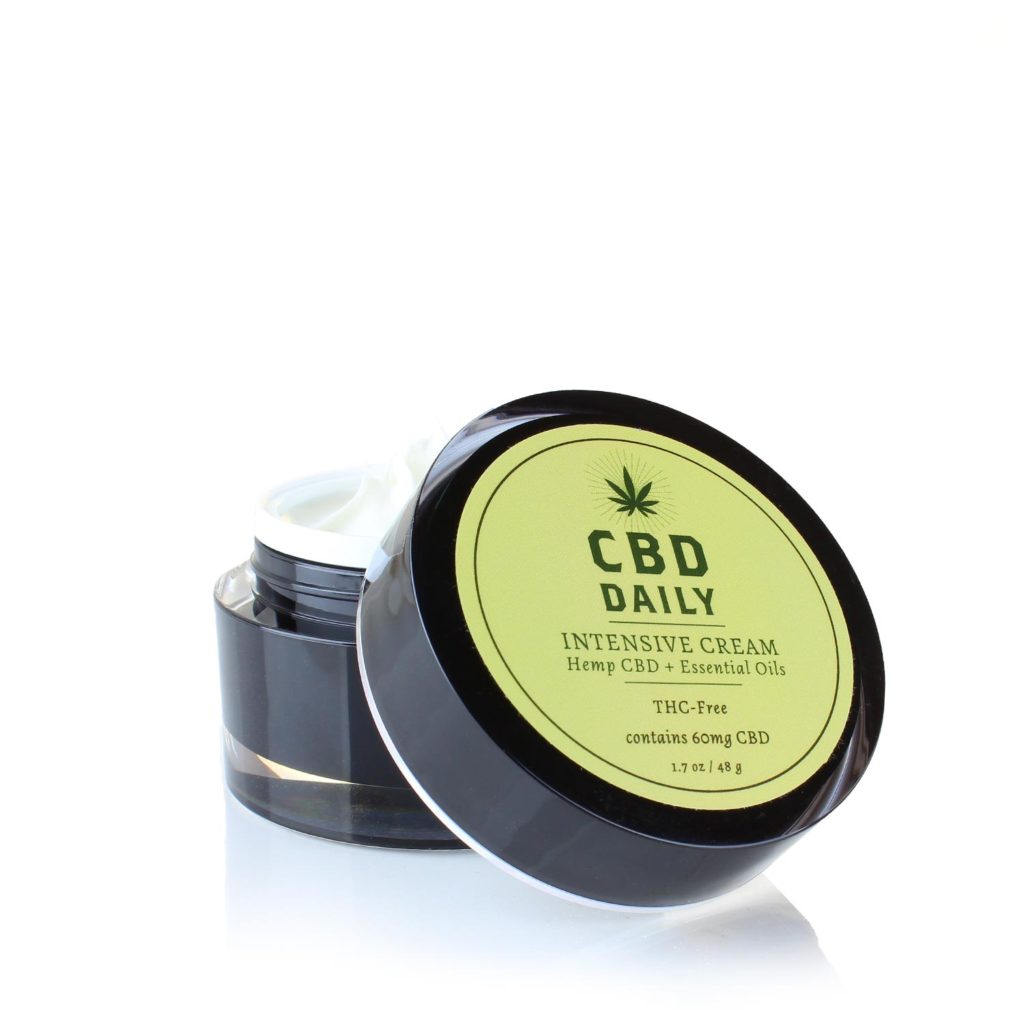Discover Ultimate Comfort with Serenity CBD Arnica Balm: Your All-natural Alleviation Remedy
Discover Ultimate Comfort with Serenity CBD Arnica Balm: Your All-natural Alleviation Remedy
Blog Article
Explore the Science Behind CBD Pain Cream and Its Healing Results
As the demand for all-natural pain alleviation choices remains to rise, the scientific neighborhood has actually transformed its focus to the therapeutic results of CBD pain cream. Comprehending the detailed systems through which CBD communicates with the body's endocannabinoid system to alleviate pain is essential in analyzing its efficiency. From its anti-inflammatory properties to the facility neurological effects that regulate discomfort assumption, CBD's potential as a discomfort monitoring remedy is a subject of ongoing research and clinical rate of interest. Remain tuned to untangle the scientific research behind CBD pain lotion and exactly how it holds guarantee for those looking for choice methods for discomfort relief.
Endocannabinoid System and CBD Pain Relief
What duty does the endocannabinoid system play in CBD pain relief? The endocannabinoid system (ECS) is a complicated network of receptors, enzymes, and endocannabinoids that play a vital function in controling different physiological procedures, consisting of pain feeling. When CBD is used topically or ingested, it interacts with the ECS to regulate pain assumption and inflammation. CBD applies its results by targeting cannabinoid receptors, especially CB1 and CB2 receptors, which are bountiful in the central nerve system and immune cells, specifically. By binding to these receptors, CBD can prevent the transmission of pain signals and minimize inflammation, causing discomfort alleviation.

Mechanisms of CBD for Pain Monitoring
Exploring the detailed systems whereby CBD operates in pain administration reveals its potential as a valuable healing device in relieving various types of pain. CBD communicates with the endocannabinoid system, consisting of cannabinoid receptors (CB1 and CB2) dispersed throughout the body. When CBD is carried out, it regulates these receptors, influencing neurotransmitter launch and dampening discomfort signals. Additionally, CBD's anti-inflammatory residential or commercial properties play an essential role in pain management by minimizing swelling at the website of discomfort.

Anti-Inflammatory Properties of CBD
In clarifying the efficacy of CBD in discomfort monitoring, a notable aspect lies in its potent anti-inflammatory residential properties. Inflammation is a complicated biological response that plays a vital role in the body's immune system, but when it comes to be chronic, Learn More it can add to various health issues, consisting of discomfort.
Research studies have revealed that CBD can hinder inflammatory arbitrators and cytokines, therefore wetting the inflammatory cascade. This anti-inflammatory impact is especially encouraging for conditions characterized by persistent swelling, such as joint inflammation, inflammatory digestive tract disease, and neuropathic discomfort. By minimizing swelling, CBD not only addresses the signs and symptoms however likewise targets the underlying source of discomfort, making it an important restorative representative for handling a vast array of inflammatory conditions.
Neurological Results of CBD on Pain
CBD exerts extensive neurological impacts on discomfort assumption through its communication with particular receptors in the central nerves. The endocannabinoid system, which consists of cannabinoid receptors (CB1 and CB2) and endocannabinoids created by the body, plays a critical function in modulating discomfort signals. CBD engages with these receptors, largely CB1 located in the brain and CB2 situated in the immune cells, to apply its analgesic impacts. By affecting the task of these receptors, CBD can assist regulate pain sensitivity and swelling, using potential therapeutic advantages for individuals struggling with different kinds of discomfort conditions.
Studies have shown that CBD's action on the endocannabinoid system can bring about the restraint of pain signaling paths, decreasing the understanding of discomfort. Furthermore, CBD has actually been discovered to have neuroprotective properties, which can assist reduce neuropathic discomfort by shielding neurons from damage. The capability of CBD to regulate discomfort at a neurological degree makes it an appealing alternative for handling chronic discomfort problems where typical treatments may Get the facts drop short.
Clinical Researches Sustaining CBD Pain Relief

Conclusion
In final thought, the science behind CBD pain lotion exposes its potential therapeutic results through the inflection of the endocannabinoid system (Serenity CBD arnica). CBD's mechanisms for pain administration include its anti-inflammatory homes and neurological effects on pain understanding.
As the need for natural pain alleviation options continues to increase, the scientific community has actually turned its interest to the therapeutic impacts of CBD pain cream. From its anti-inflammatory buildings to the complicated neurological impacts that modulate pain perception, CBD's possible as a pain administration remedy is a topic of ongoing research study and clinical rate of interest.Structure upon the understanding of CBD's neurological effects on discomfort perception, medical research studies have actually supplied useful insights into the effectiveness of CBD in supplying pain alleviation. A research released in the European Journal of Discomfort showed that applying CBD topically decreased pain and swelling in rats with arthritis without any obvious side effects. CBD's systems for pain monitoring include its anti-inflammatory residential properties and neurological results on pain perception.
Report this page